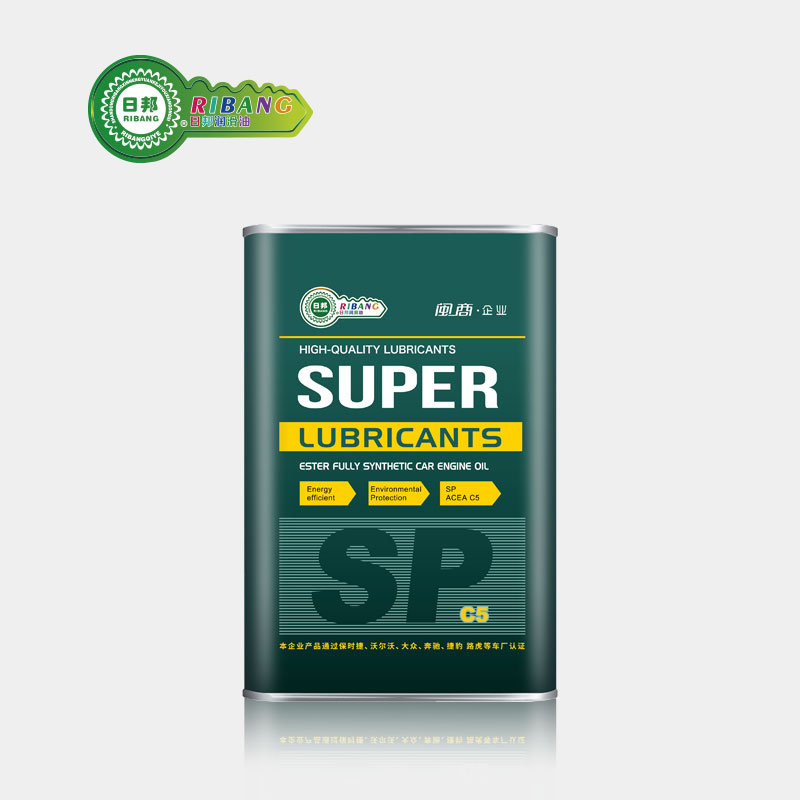Differences and Similarities between Motor Oil and Turbine Oil
2024-04-28
Motor oil and turbine oil are both lubricants used in machinery, but they serve different purposes and have distinct characteristics tailored to their specific applications.
Motor Oil:
1. Purpose: Motor oil is primarily used to lubricate internal combustion engines in vehicles such as cars, trucks, motorcycles, and other types of machinery with similar engines.
2. Composition: Motor oil is typically made from base oils, which can be mineral-based, synthetic, or a blend of both, along with various additives. These additives enhance the oil's performance and protect the engine against wear, corrosion, and deposits.
3. Viscosity: Motor oils come in different viscosity grades, commonly denoted by numbers such as 5W-30 or 10W-40. These numbers indicate the oil's viscosity, or its resistance to flow, at different temperatures. Thinner oils (lower viscosity) flow more easily at low temperatures, while thicker oils (higher viscosity) provide better lubrication at high temperatures.
4. Functions: In addition to lubricating engine components, motor oil also helps cool the engine by dissipating heat, seals gaps between moving parts to prevent leaks, and cleans the engine by suspending and removing contaminants.
5. Types: There are various types of motor oil, including conventional (mineral-based), synthetic, and semi-synthetic oils. Each type offers different performance characteristics and is suitable for specific engine types and operating conditions.
Turbine Oil:
1. Purpose: Turbine oil is specifically formulated for use in turbines, including steam turbines, gas turbines, and hydroelectric turbines. It provides lubrication to bearings, gears, and other moving parts within the turbine.
2. Composition: Turbine oil is often made from high-quality base oils with additives designed to withstand the extreme operating conditions encountered in turbine systems. These additives provide oxidation resistance, corrosion protection, and anti-foaming properties.
3. Viscosity: Turbine oils are engineered to maintain stable viscosity over a wide range of temperatures and operating conditions. This ensures proper lubrication and protects against wear, even in high-speed rotating equipment.
4. Functions: In addition to lubricating turbine components, turbine oil also acts as a coolant, helping to dissipate heat generated during operation. It also provides corrosion protection and helps to maintain the cleanliness of the turbine system by suspending and removing contaminants.
5. Specialized Properties: Turbine oils may have specialized properties tailored to specific turbine applications, such as resistance to water contamination in steam turbines or compatibility with gas turbine fuels.
In summary, while both motor oil and turbine oil are lubricants used in machinery, they are formulated differently to meet the unique requirements of their respective applications. Motor oil is designed for internal combustion engines, providing lubrication, cooling, and cleaning, while turbine oil is tailored for use in turbines, offering lubrication, heat dissipation, and corrosion protection.



